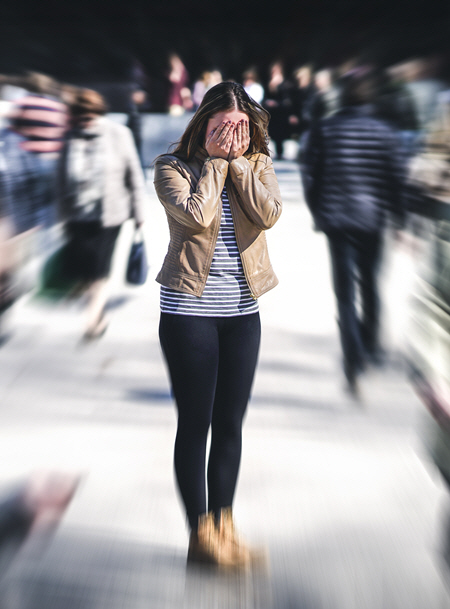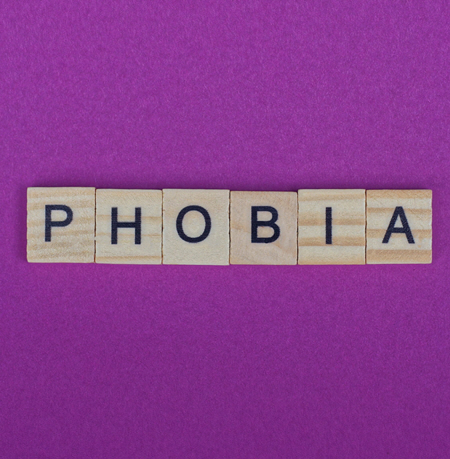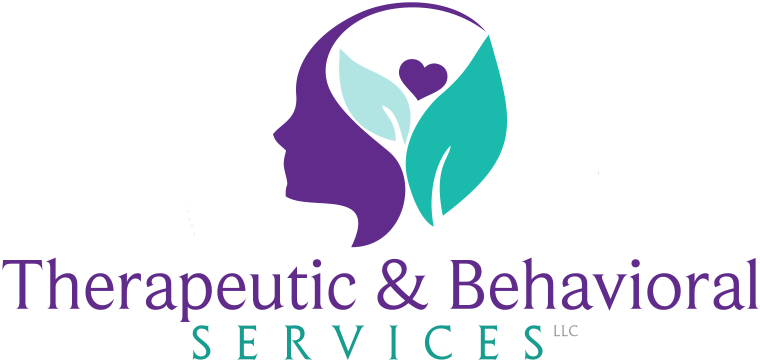“Difficult roads often lead to beautiful destinations. The best is yet to come.”
– Zig Ziglar
Anxiety
 Anxiety has many expressions but a common impact on your life.
Anxiety has many expressions but a common impact on your life.
Anxiety manifests itself in a multitude of ways, including persistent, daily worry (generalized anxiety); an intense, sudden feeling of fear without a real cause (panic attack); or an intense fear of something specific (phobia).
All have the underlying symptom of anxiety and decreased quality of life; however, each present in a much different way.
Generalized anxiety is a feeling of fear, worry, and uneasiness.
Anxiety robs one of life’s pleasures as it focuses on future ‘what-ifs’.
It can cause physical feelings such as nausea, stomach upset, dizziness, dry mouth, and tension.
Not only does dealing with anxiety trigger emotional and mental changes – such as worry, stress, frustration, irritability, and mood changes – it is exhausting.
Anxiety has mental and physical repercussions.
Understanding the emotional, mental, and physical changes within your body and their impact is important.
Anxiety occurs in patterned loops: anxious thoughts give way to an emotional change (stress, irritability) that leads to a physical reaction (racing heart and sweaty palms), resulting in a behavioral change (no longer doing the things we love).
Learn how to stop the loop.
The goal of therapy is to help you change your thinking and behaviors in order for you to live in the present, through a 5-part system:
- Recognize & Label helpful and hurtful worry and understand your current worry patterns and the effect they have on your actions
- Set Goals according to current symptoms, barriers, and preferred outcomes
- Learn New Techniques to manage symptoms, create new behaviors and habituate or extinguish the fears/worries
- Monitor your anxiety, triggers, worry themes, and episodes
- Evaluate each technique and the progress you are making
Panic Attacks
 Panic attacks are abrupt and distressing.
Panic attacks are abrupt and distressing.
A panic attack is similar to generalized anxiety except for the abrupt onset and level of distress it causes.
A panic attack causes feelings of being smothered, disconnected from one’s body, and chest pain accompanying the fear of dying.
Afterwards, one is so fearful of having another that the mind becomes preoccupied with having another panic attack.
Cognitive and behavioral treatments are the gold standard.
Treatment for panic attacks is accomplished via a 4-step program:
Recognize and replace negative thoughts and understand how they influence actions.
Build healthy coping strategies to reduce stress, manage anxiety, and how to get through a panic attack.
Gradual, repeated exposures to the thoughts, feelings, and bodily sensations of one’s fear.
Develop techniques to manage fears, lower one’s heart rate, reduce bodily tension, and improve in-the-moment problem-solving skills.
Phobias
 Phobias are more specific.
Phobias are more specific.
While anxiety is a broad fear of future events, a phobia is the very specific fear of a perceived or real threat.
Phobias can range from fear of public speaking to spiders to going to the dentist. Phobias can affect the ability to function at work, school, or in social settings.
Without treatment, phobias can quickly worsen to the point of severely impairing the quality of life due to the fear itself and means to avoid the phobia.
Phobias have physiological effects.
Phobias are typically marked by the feelings of intense fear that create massive physiological changes – racing heart, sweating profusely, headache, blurry vision, tantrums in children, and difficulty breathing paired with the feeling of being powerless to control the fear.
A phobia can be caused by a highly stressful experience, a frightening event, and even by a child ‘learning’ it from a caregiver. However, genetics, environment, and brain function may also play a role.
Phobias don’t discriminate.
Anyone can develop a phobia throughout one’s life, although it is more common to develop them in childhood (to young adulthood).
Having a close relative with a generalized or specific phobia increases the risk of developing a phobia, as does one’s temperament, parental overprotectiveness, young loss of a parent, and being a victim of abuse.
Therapy for a phobia involves both cognitive and behavioral components.
Exposure Therapy and Cognitive Therapy are the gold standards of treatment for a specific phobia.
Exposure Therapy focuses on changing your behaviors to fear. Gradual, repeated exposures to the thoughts, feelings, and bodily sensations of one’s fear.
Cognitive Therapy focuses on identifying and understanding one’s phobia – the cause, patterns of thinking, and behavioral responses – to then learn techniques to overcome the fear response.
Let’s work together to create a life of calm.
There is no reason to have your life impacted by anxiety, phobias, or panic attacks. It is time to stop letting your thoughts control you, because YOU are worth it.
Change is hard.
Everyone could use someone to guide them down the right path.
Simply call me at (203) 208-8434 to schedule a free 15-minute phone consultation to discuss how we can transform your world into calm, stress-free living.

